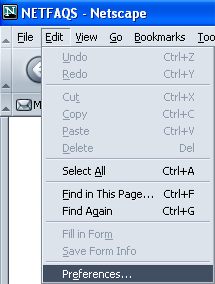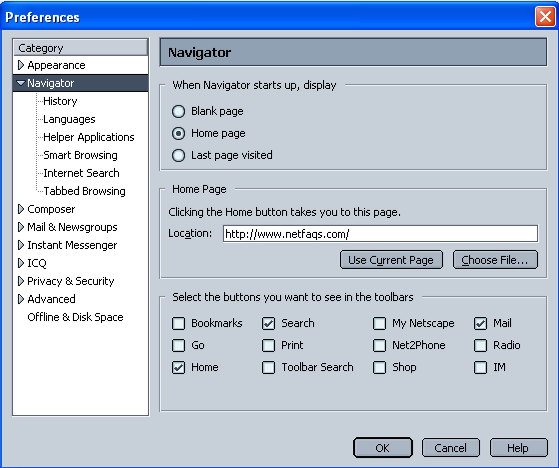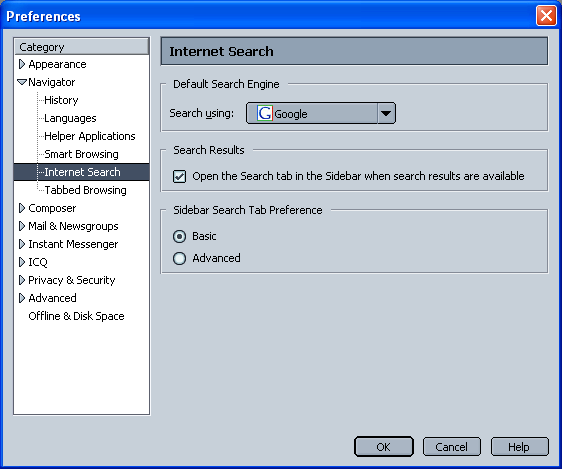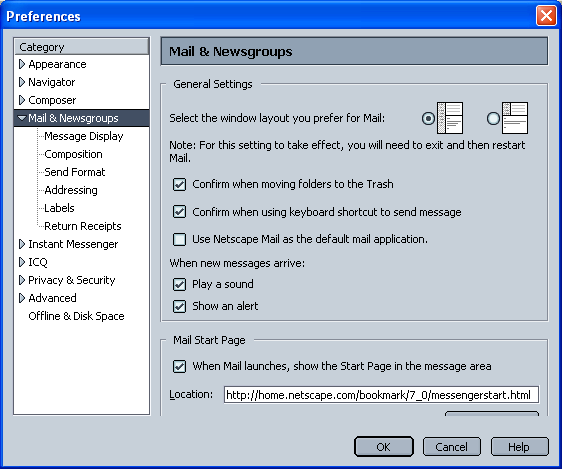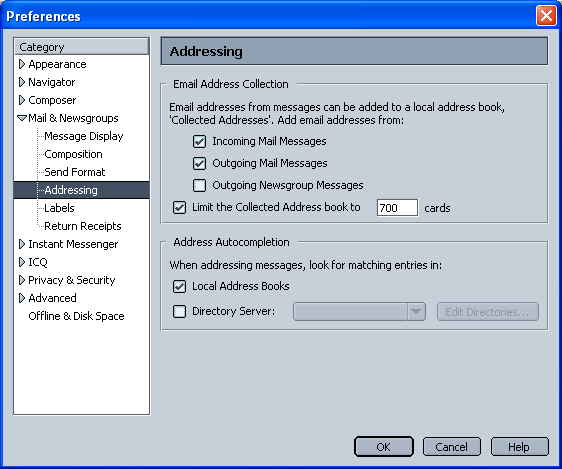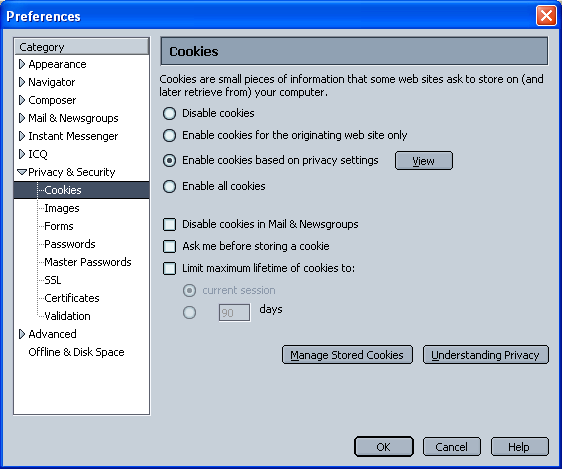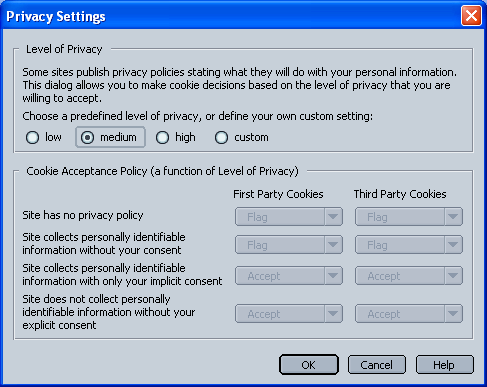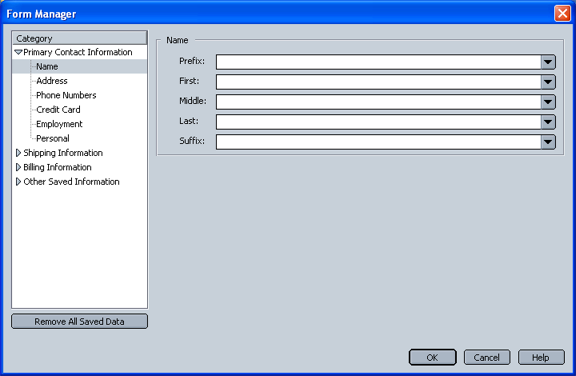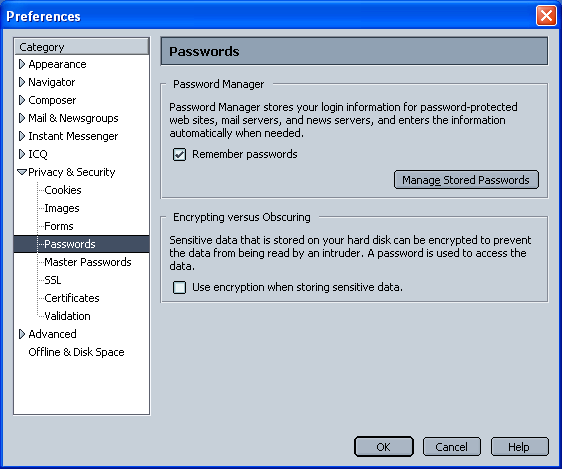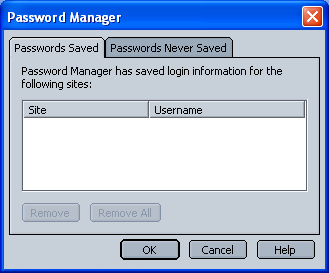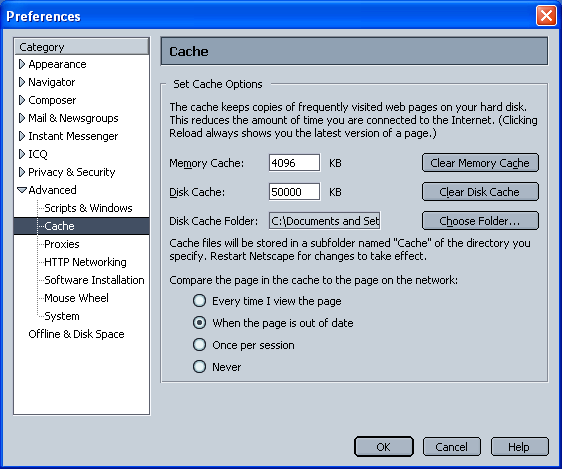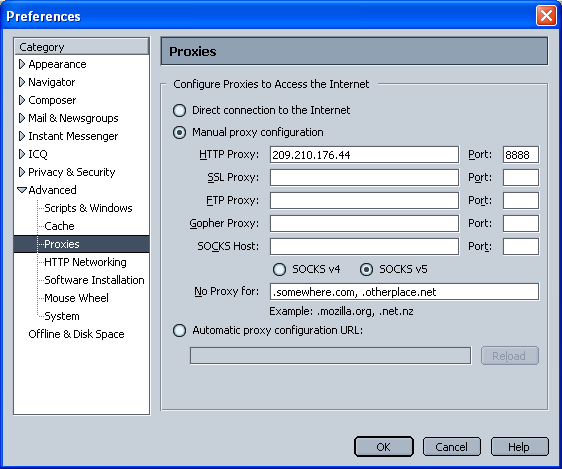|
|

|
|
|
Quick Links To Related Pages: Finding the Version of Netscape | Setting Up Netscape Mail | Setting Up a Profile | Links On This Page: Home Page | History | Cookies | Forms | Passwords | Cache | Proxies | Setting Up Netscape Navigator 7.0 Netscape Navigator 7.0's interface is similar to 6.2 with a few differences. One nice thing about Netscape 7.0 is that it installs over Netscape 6.2.2 so that you can keep your old e-mail, contacts & settings. To configure Netscape 7.0, you must first launch it. After, you'll see a toolbar at the top of your screen like the one below.
Click on Edit and select Preferences from the menu.
The Preferences window opens. Click to highlight the Appearance options. This is where you choose the programs that will open when you launch Netscape 7. If you will be using it for e-mail then you will probably want to click in the box to add a checkmark next to Mail & Newsgroups. The "Navigator" option is for regular website browsing.
Click on the triangle next to Navigator to open its menu. Highlight Navigator. To the right, you'll see Home Page. This is the page that will open up when you connect to the Internet. You can also choose "Blank page" if you don't want a specific home page each time that you connect. In the Location field, put in your desired home page if wanted.
Highlight History. To the right, you'll see Browsing History. The history is a list of web pages you've visited. You can delete the History by clicking Clear History. The Location Bar History (commonly referred to as the Address Bar) contains a list of web addresses you've typed. You can clear those here.
Highlight Internet Search. To the right, you'll see Search using. By clicking the down-arrow, you can select the search engine you'd like to use to search the Internet. In this example, we've chosen www.google.com but you can choose anything that you want.
Click on the triangle next to Mail & Newsgroups to open its menu. Highlight Mail & Newsgroups. In General Settings, you can change Netscape's Mail layout to suit your tastes. Mail Start Page is the page that appears when you launch Netscape Mail. Most people prefer to remove the checkmark to avoid adds from the Netscape domain.
Highlight Addressing. Under Email Address Collection, you can configure your address book to suit your preferences.
Click on the triangle next to Privacy & Security. Highlight Cookies. Enable cookies to suit your needs. Please note that you will need cookies enabled to use our home page and webmail features. Note: Many sites require that you enable cookies. Disabling them will stop you from accessing these sites. This includes our ISP home page which relies on cookies to provide this website to you. If you choose to accept cookies from websites, you can choose how you want the cookies handled. Click on the View button to the right for those options.
The Privacy Settings window opens. This is where you can set the level of security you'd like for your connection. We recommend medium security. Higher security levels will block you from accessing most websites. Click OK.
Click on Manage Stored Cookies.
The Cookie Manager opens. You can view and/or delete the cookies from here. To delete them all, click Remove All Cookies or highlight and remove only those cookies you want deleted. Click OK.
Highlight Forms. When you enter information on a web page, you can have that information saved in a form. The next time you fill out a form, Netscape can do a lot of that for you. Important: Saving data in forms can be potentially harmful. Some websites can access the information in the forms without your permission. Be careful with what you enter. Click on Manage Stored Form Data.
The Form Manager opens. This is where you can place addresses, phone numbers, credit card information, etc. It makes it very convenient when filling out forms on the Internet. It knows what to put in and where. Click OK.
Highlight Passwords. You can store passwords so you don't need to type them in every time you go to sites you frequently visit. Click on Manage Stored Passwords.
The Password Manager opens. This is where you can view and/or remove the passwords to the sites you visit. Click OK.
Click on the triangle next to Advanced. Highlight Cache. All Internet sites you visit are stored on your computer for quicker access later or for viewing offline. You clear them by clicking both Clear Memory Cache and Clear Disk Cache. Note: If you are having trouble surfing or can't surf at all, clearing the cache may solve this problem. Restarting your computer is another common fix to surfing problems because that will clear your RAM memory.
Highlight Proxies. The proxy acts as a guard to prevent access to questionable or undesirable material on the Internet. If needed, you can get Proxy Watch or Global Safe from your ISP's help desk to lock down this proxy setting so that the kids can't bypass it. Only put in a manual HTTP Proxy address if you want to block websites with adult material. The proxy filter address is available from your ISP.
|

